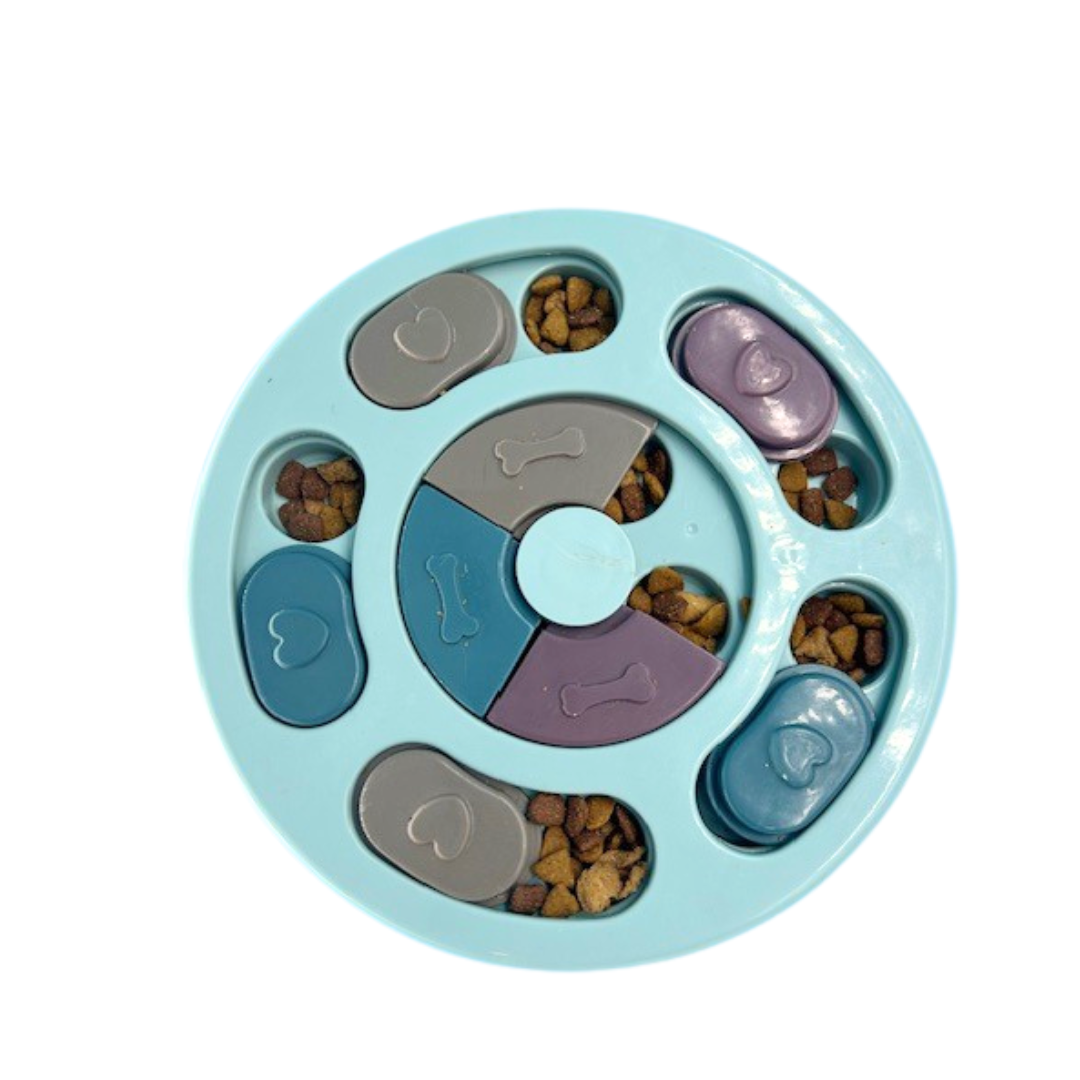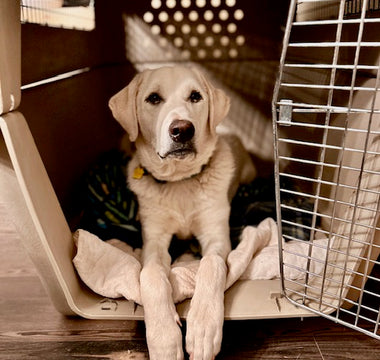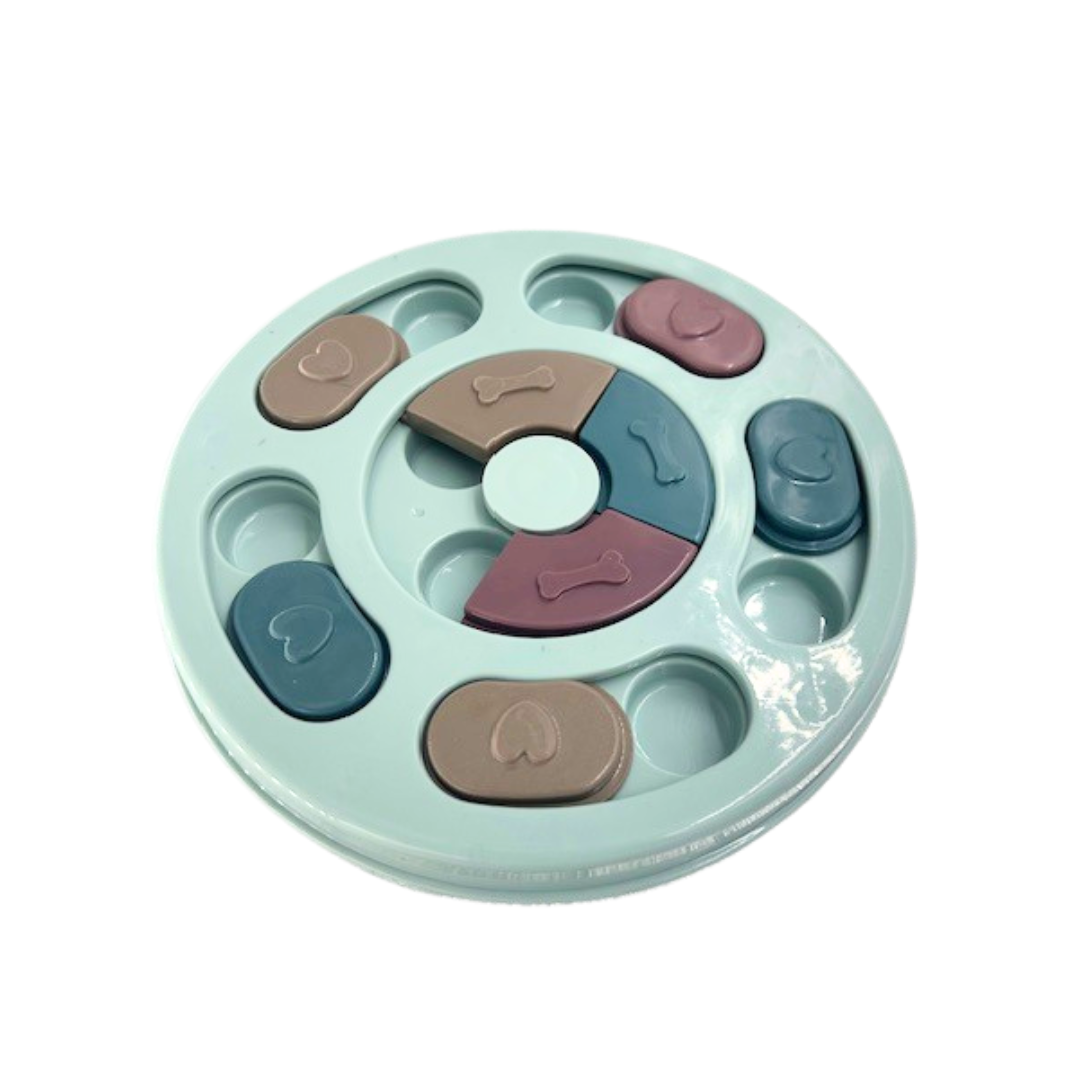Picture yourself visiting a litter of puppies, captivated by two of them. Even if space is not an issue, is it wise to adopt two puppies from the same litter?
In essence, the answer is NO. Adopting two puppies from the same litter is not recommended, and in fact, having two puppies closer than 6 months in age is discouraged. Why? The answer lies in the phenomenon known as Littermate Syndrome.
Littermate Syndrome, also known as littermate dependency, refers to negative behaviors that arise when two puppies from the same litter are raised together in the same household.
These behaviors include a strong attachment to each other, challenges in forming bonds with other animals and humans, aggression, anxiety, and difficulties in training. These sibling puppies become so dependent on each other that they isolate themselves from other dogs and humans, resulting in aggression towards others and heightened anxiety when separated.
Let's address common questions about Littermate Syndrome.
1. Can Littermate Syndrome improve over time? Yes, some dogs may outgrow LS, but it requires considerable time and training from the owner. Ignoring the issue may worsen it.
2. How can the problem be fixed? The solution involves spending individual time with each dog, separate walks, separate trips to the dog park, and separate sleeping and eating arrangements. The goal is to expose each dog to new experiences without their sibling, fostering reliance on the owner rather than each other.
3. Will my dogs start fighting? While all dogs have the potential to fight, Littermate Syndrome amplifies the risk due to excessive dependence. LS can lead to separation anxiety and mental instability, a situation ripe for disasters.
4. At what age does Littermate Syndrome start? Typically, LS starts around 8-10 weeks of age. This is the age puppies start becoming more independent and begin leaving their mother and siblings to join their new families.
5. Does it affect all dog breeds? Yes, there's potential for Littermate Syndrome in all dog breeds.
Littermate Syndrome is not widely known leading some breeders to downplay its significance. However, many rescue groups discourage adopting siblings and even have policies against it.
If you are experiencing signs of Littermate Syndrome, I strongly suggest consulting a professional dog trainer and begin implementing some of the recommendations I have listed previously.
Throughout our fostering career, we encountered LS with two sibling puppies named Hazel and Sherman. At approximately four months old, having lived together their entire lives, they exhibited troublesome behavior. They could be very sweet towards each other, but then, for no apparent reason, Sherman would become aggressive towards Hazel. Sherman was also a little aggressive towards our dogs. Separating them into different foster homes led to significant improvements. Thus leading Sherman and Hazel to find their forever homes.
Not all sibling puppies that grow up together will develop Littermate Syndrome. However, is that a risk you are willing to take?
My recommendation would be to have a friend or family member adopt that second adorable puppy you can't live without. That way, the puppies can grow old together without the possibility of suffering from LS.














